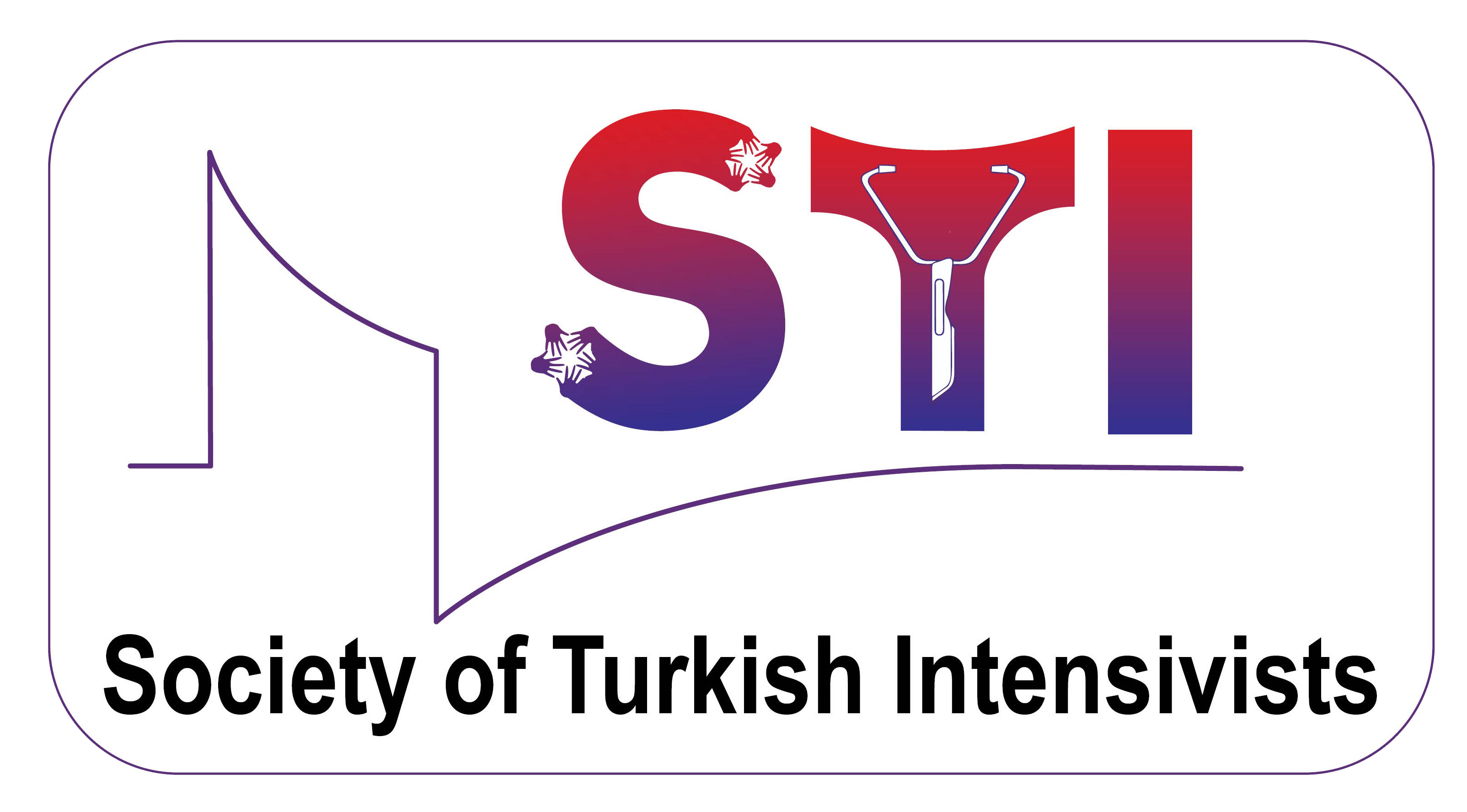22Department of Internal Medicine, School of Medicine, Duzce University, Duzce, Turkiye
33Department of Radiology, School of Medicine, Duzce University, Duzce, Turkiye
44Division of Hematology, Department of Internal Medicine, School of Medicine, Duzce University, Duzce, Turkiye
55Department of Pulmonology, School of Medicine, Duzce University, Duzce, Turkiye
Abstract
Central nervous system invasive aspergillosis is a rare and fatal infection that accounts for the majority of brain lesions in immunocompromised patients. A 56-year-old man with diabetes mellitus and non-Hodgkin’s lymphoma was admitted to the emergency department with a diagnosis of pneumonia-related sepsis. At presentation, cranial computed tomography (CT) and magnetic resonance imaging were normal. However, thoracic CT revealed right lung pneumonia, and antibiotic therapy was initiated. Control CT scans performed on the 13th day of admission—because the patient had subsequently become hypotensive and somnolent— revealed halo signs in the lungs and multiple hypodense lesions within the cerebrum, consistent with invasive aspergillosis. A post-contrast cranial CT scan also revealed vascular enhancement within these hypodense lesions, known as the central vascular sign. In conclusion, central nervous system aspergillosis can be diagnosed by means of tubular enhanced foci in hypodense lesions on contrast-enhanced CT scans.


